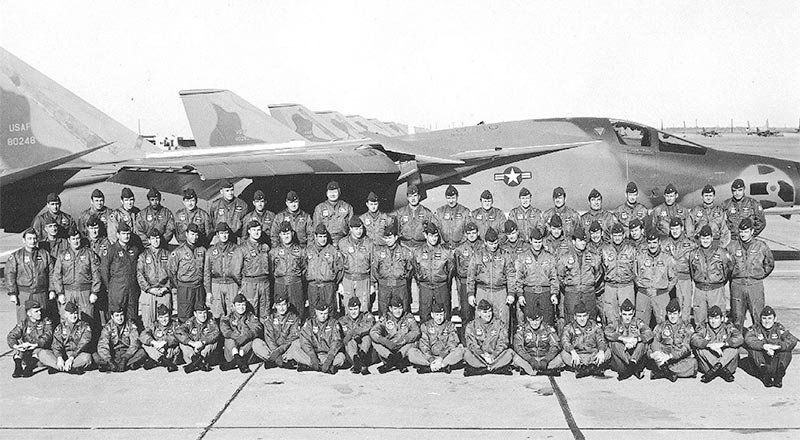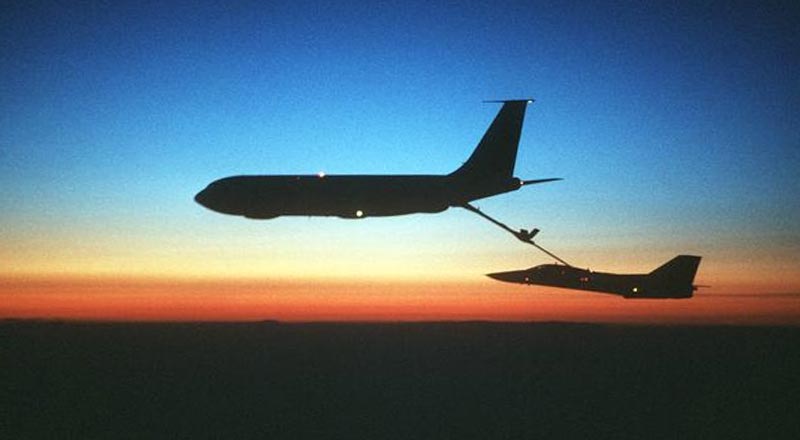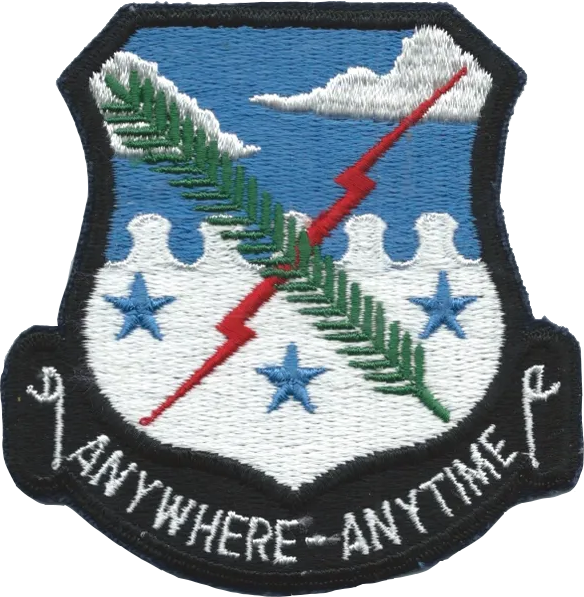

9th Bomb Squadron

Past Reunions

340 BG Roster
Welcome to the website of the 340th Bombardment Group
This Website Is Dedicated To All Members Of The 340th Bomb Group FB-111 Association. It Is Intended That Association Members Can add Photos, Changes, And News Items and Submit Updates to the 340th BG Roster. These Inputs Should Be Submitted To The Folks Listed On Contact Page.
The 340th BG was a supremely important unit of the United States Army Air Forces (USAAF) during World War II. The group was part of the Twelfth Air Force and primarily operated in the Mediterranean Theater of Operations. Activated on 20 August 1942. The 340th. Bombardment Group trained with B-25’s for duty overseas. They arrived in the Mediterranean theater in March 1943. Assigned first to the Ninth Air Force and later (in August 1943) to the Twelfth. Served in combat from April 1943 to April 1945. Engaged chiefly in support and introductory missions, but sometimes bombed strategic objectives. Targets included airfields, railroads, bridges, road junctions, supply depots, gun emplacements, troop concentrations, marshaling yards and factories in Tunisia, Sicily, Italy, France, Austria, Bulgaria, Albania, Yugoslavia, and Greece. Also dropped propaganda leaflets behind enemy lines. Participated in the reduction of Pantelleria and Lampedusa in June 1943, the bombing of German Evacuation beaches near Messina in July, the establishment of the Salerno beach head in September, the drive for Rome during Jan.- Jun. 1944, the invasion of southern France in Aug. and attacks on the Brenner Pass and other German lines of communication in Northern Italy from Sept. 1944 to Apr. 1945. Received a DUC for the period Apr. – Aug. 1943 when, although handicapped by difficult living conditions and unfavorable weather, the group supported British Eighth Army in Tunisia and Allied forces in Sicily. Received a second DUC for the destruction of a cruiser in the heavily defended harbor of La Spezia on 23 Sept. 1944 before the ship could be used by the enemy to block the harbors entrance. Returned to the U.S., Jul. – Aug. 1945. Inactivated on 19 Aug. 1949. (Read more on the “ABOUT” page.)
Catch-22, Joseph Heller and the 340th Bomb Group
(If you haven’t seen the movie, or read the book, “CATCH 22”, you have been missing a great and sometimes, amusing story of the B-25 crews that flew combat missions during the Second WW.)
It is generally well known that Joseph Heller served as a bombardier with a B-25 bomber group during World War II and that Catch-22 was based upon his experiences while serving on Corsica.
What is not as well known is the extent to which he made use of the events and the people that were part of that experience. Right from the publication date of Catch-22 and throughout his creative life, Heller always insisted that his novel was pure fiction and that, with a few minor exceptions, the characters portrayed in the book were not based upon real people.
Using resources that have only recently become available, it becomes clear that in reality Heller relied heavily on historic events and on the real people that he served with on Corsica for much of the content of his novel.
The 340th Bombardment Group consisted of four Bomb Squadrons, the 486th, 487th, 488th and 489th. During Heller’s tour of combat duty the 340th was stationed at Alesani Aerodrome on Corsica.
To read Catch-22 is, in a very real sense, to read the history of the 340th Bomb Group on Corsica in 1944..

